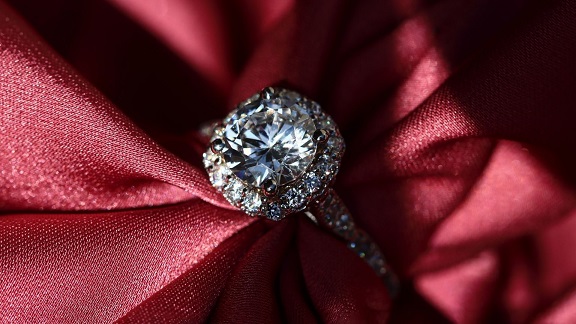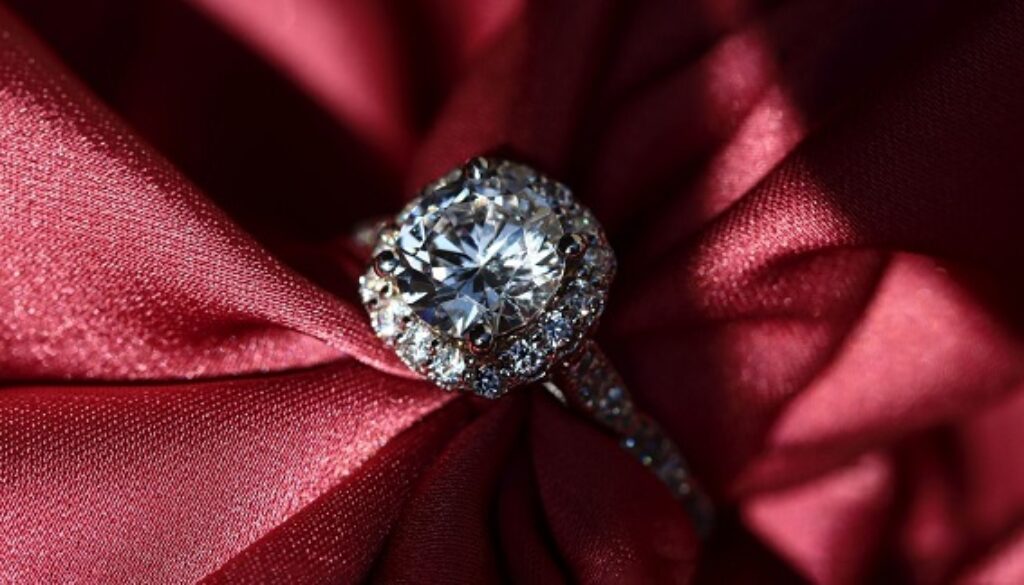Cartier?? Kaun??
There is an interesting angle to India’s new affluent ( this sounds so much better than saying “nouveau riche”, a term which now has been made almost a pejorative)
The angle is that many of these New High Net worth Individuals (NHNI) are homegrown in more ways than one.
Their education, their roots, their entertainment choices, their cuisine and the source of their business success are all very Indian and in many cases unabashedly India centric.
To the extent that for the first time possibly in India’s recent history, we have a wealthy section of society that is comfortable in the vernacular rather than in English.
This is a very aspirational, very demanding and very savvy set of consumers.
So, what defines “Luxury” for them?
Miriam Webster online defines Luxury as a “condition of abundance or great ease and comfort: something adding to pleasure or comfort”
I would also add; Luxury as an indulgence and further on, Luxury purchasing as a means to “tell” the world at large that you can afford quite easily to live in great ease, comfort, and exclusivity.
If this then is what defines Luxury, I would imagine that this would be exactly what these NHNI customers would want.
But with a twist.
The Twist
These NHNIs would seek those brands and organizations, which deliver on the above definitions of Luxury but where they are made to feel welcome and made comfortable.
Brands whose antecedents they can relate to.
Brands and purchase environments that do not intimidate them.
Brands they trust.
I see a great opportunity for Indian brands here.
Indian Luxe brands?
There are significant opportunities for Indian brands to be truly Indian Luxury brands.
Take a moment, close your eyes and try coming up with a list of 10 truly Indian, Luxury brands.
Tough call?
We have already seen the initial stirrings, Gitanjali ( and others) in jewelry, Ddecor in upholstery, Tanishq in watches/jewelry (to a certain extent), Oberoi, The Taj, Leela in hospitality and then brands such as VIP in luggage creating another brand like Carlton for premium luggage.
But these are just a handful.
So while the opportunity is immense, the challenge for Indian brands that aspire to be luxe is cracking the “Luxe code”.
The Luxe Code
This code has four dimensions.
Experience: How should the brand provide a unique, compelling and signature experience? The experience has to be in line with the target customer need; stated and unstated, her mindset. Comfortable, reassuring, familiar and yet aspirational and unique.
Exclusivity: How does one create the aura of exclusivity and not just by gimmicky, artificial supply-demand gaps but by nurturing craftsmanship, design, and high order quality.
Engagement: Creating customer “tribes”. Engaging with customers to be a part of the tribe and getting the members of this tribe to tell the brand story. Remember what Hermes did with the Birkin bag. That was a great tribe, even had a “Bagwati” in that tribe! Engaging with target customers so that they go propagate your story is a key component of Luxury Marketing
Emotion: This is “the” key. Remember the luxury brand is catering to a customer that has an immense choice. She is wealthy and knows her mind. The physical attributes of the product whilst important, pale in comparison with the intangible emotional connect that she seeks with the brand. If the brand cannot deliver this connection, you are dead in the water. The prime “product” of the Luxe brand has to be this emotional connect. The actual physical product is but a manifestation of the connect.
There is a new wealthy Indian out there and her ilk is growing. She is seeking to spend and spend well.
Indian brands have a significant opportunity and advantage here. If only you can see this opportunity and capitalize on it, you could very well get your consumer to indeed ask, Cartier who?
Time for Indian Luxury brands then?
RELATED POSTS








